The 20 best prehistoric sites to visit in Scotland
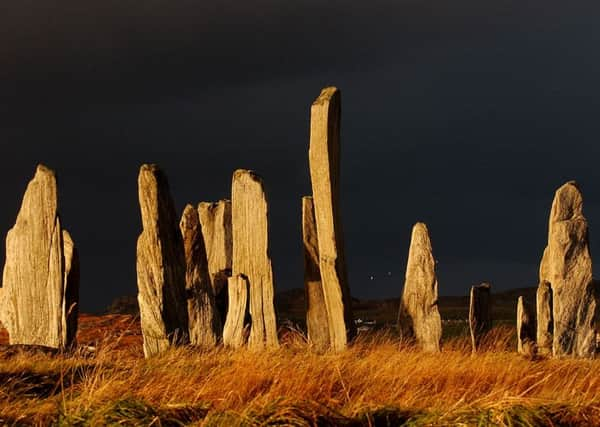

Skara Brae - Orkney Mainland
Excellent visitor and orientation centre. Can be a windy (500m) walk to this remarkable shoreline site, the subterranean remains of a compact village 5,000 years old.
It was engulfed by a sandstorm 600 years later and lay perfectly preserved until uncovered by the laird’s dog after another storm in 1850.
Advertisement
Hide AdAdvertisement
Hide Ad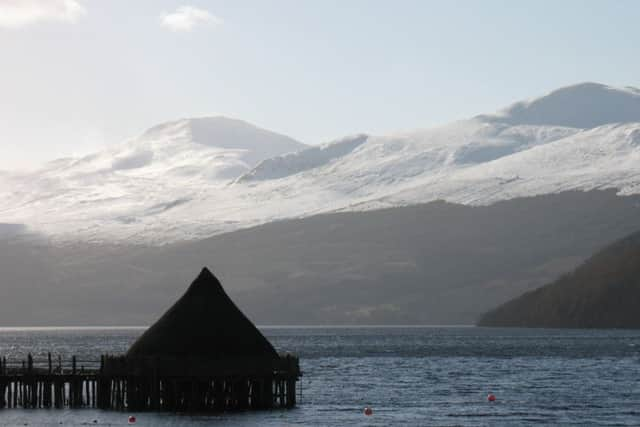

Now it permits one of the most evocative glimpses of truly ancient times in the UK.
The Standing Stones of Stenness - Orkney Mainland
Together with the Ring of Brodgar and the great chambered tomb of Maes Howe, all within 18km of Kirkwall, these are as impressive ceremonial sites as you’ll find anywhere.
The stones are from the same period as Skara Brae.
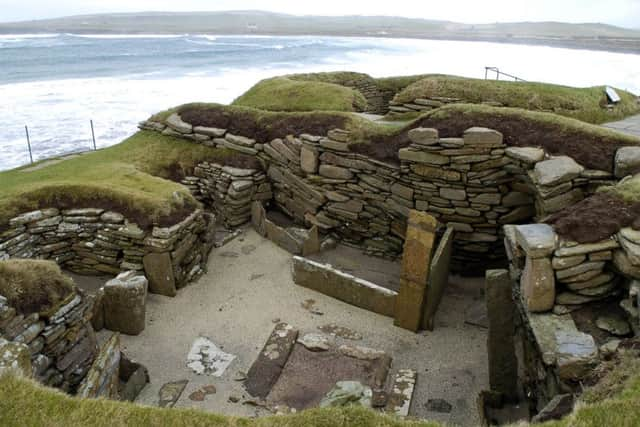

The individual stones and the scale of the Ring are very imposing and deeply mysterious.
The burial cairn is the finest megalithic tomb in the UK. 500m walk from the visitor centre. Guided tour only. Note: tunnel entry is only 1m high. Seen together, they stimulate even the most jaded sense of wonder.
The Callanish Stones - Lewis
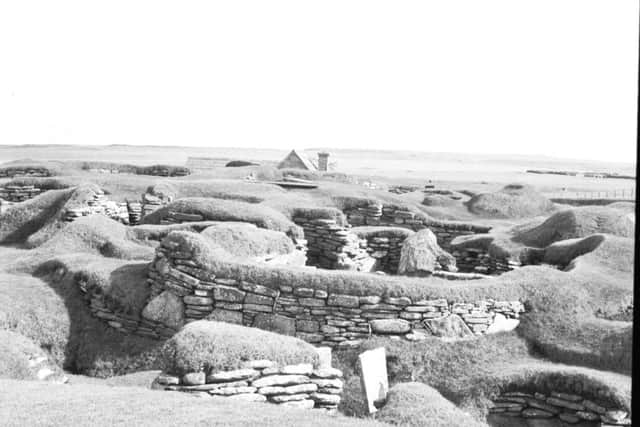

The best preserved and most unusual combination of standing stones in a ring around a tomb, with radiating arms in cross shape.
Predating Stonehenge, they were unearthed from the peat in the mid-19th century and are the Hebrides’ major historical attraction.
Other configurations nearby. At dawn and dusk, hardly anyone else is there. Visitor centre has a good caff.
Clava Cairns - nr Culloden
Advertisement
Hide AdAdvertisement
Hide Ad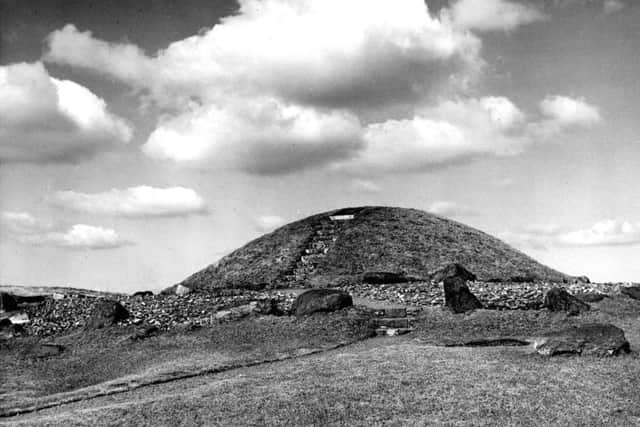

Here long before the most infamous battle in Scottish and other histories; another special atmosphere.
Not so well signed but continue along the B9006 towards Cawdor Castle, that other great historical landmark, taking a right at the Culloden Moor Inn; follow signs for Clava Lodge holiday homes, picking up HS sign to right.
Chambered cairns in a grove of trees.
They’re really just piles of stones but the death rattle echo from 5,000 years ago is perceptible to all, especially when no one else is there.
Remoteness probably inhibits New Age attentions and allows more private meditations in this extraterrestrial spot.
Mousa Broch - Shetland


On island of Mousa off Shetland mainland 20km S of Lerwick. To see it properly take the Mousa Boat from Sandsayre Pier. Takes 15 mins. Isolated in its island fastness, this is the best-preserved broch in Scotland.
Walls are 13m high (originally 15m) and galleries run up the middle, in one case to the top.
Solid as a rock, this example of a uniquely Scottish phenomenon would have been a very des res. Also Jarlshof in the S next to Sumburgh airport has remnants and ruins from Neolithic to Viking times – 18th century, with especially impressive wheelhouses.
Crannog Centre - Kenmore, nr Aberfeldy
Advertisement
Hide AdAdvertisement
Hide AdOn S Loch Tay road 1km Kenmore. Superb reconstruction of Iron Age dwelling (there are several under the loch). Credible and worthwhile archaeological project, great for kids: conveys history well.
Displays in progress and human story told by pleasant costumed humans. Open Apr-Oct 10am-5.30pm. Great waterfall walk at Acharn, 2km. Eat Aberfeldy.
Kilmartin Glen - nr Lochgilphead
An important, easily accessible area. Possibly start 2km S of Kilmartin and 1km (signed) from A816 and across road from car park, two distinct stone circles from a long period of history between 3000-1200 bc. Story and speculations described on boards. Pastoral countryside and wide skies. Look for the ‘cup and saucer’! There are apparently 150 other sites in the vicinity (c. 800 ‘ancient monuments’), and an excellent museum and café.
Guided tours of the glen leave from here. See also Dunadd for a perspective of the whole area.
Tomb of the Eagles - Orkney Mainland
33km S of Kirkwall at the foot of South Ronaldsay; signed from Burwick.
A relatively recent discovery, the excavation of this cliff cave is on private land.
You call in at the visitor centre first and they’ll tell you the story.
Advertisement
Hide AdAdvertisement
Hide AdThere’s a 2km walk then you go in on a skateboard – no, really! Allow time; ethereal stuff. Mar-Oct 9.30am-5.30pm (by appointment Nov-Feb).
Cairnpapple Hill - nr Linlithgow
Approach from the Beecraigs road off W end of Linlithgow main street.
Go past the Beecraigs turn-off and continue for 3km. Cairnpapple is signed.
Astonishing Neolithic henge and later burial site on windy hill with views from Highlands to Pentlands.
Atmosphere made even more strange by the very 21st-century communications mast next door. Cute visitor centre! Summer only 9.30am-5.30pm but can be accessed any time.
Cairnholy - between Newton Stewart & Gatehouse of Fleet
2km off main A75. Signed from road.
A mini-Callanish of standing stones around a burial cairn on very human scale and in a serene setting with another site (with chambered tomb) 150m up the farm track.
Excellent view – sit and contemplate what went on 4,000–6,000 years ago.
Advertisement
Hide AdAdvertisement
Hide AdI have it on good authority that this is a great place to watch the sunrise over the Solway Firth.
The Brown and White Caterthuns - Kirkton of Menmuir, nr Brechin & Edzell
5km uphill from war memorial at Menmuir, then signed 1km: a steep pull.
Lay-by with obvious path to both on either side of the road. White easiest (500m uphill).
These Iron Age hill top settlements give tremendous sense of scale and space and afford an impressive panorama of the Highland line.
Colours refer to the heather-covered turf and stone of one and the massive collapsed ramparts of the White. Sit here for a while and picture the Pict.
The Grey Cairns of Camster - nr Wick
Advertisement
Hide AdAdvertisement
Hide Ad20km S of Wick, a very straight road (signed for Cairns) heads W from the A9 for 8km.
The cairns are instantly identifiable near the road and impressively complete. The ‘horned cairn’ is the best in the UK.
In 2,500 bc these stone-piled structures were used for the disposal of the dead.
You can crawl inside them if you’re agile (or at night, brave).
There are many other sights signed off the A9/99 but also interesting and nearby is:
Hill o’ Many Stanes - nr Wick
Aptly named place with extraordinary number of small standing stones; 200 in 22 rows.
If fan shape was complete, there would be 600. Their very purposeful layout is enigmatic and strange.
The Whithorn Story - Whithorn
Advertisement
Hide AdAdvertisement
Hide AdExcavation site (though not active), medieval priory, shrine of St Ninian, visitor centre and café.
More than enough to keep the whole family occupied – enthusiastic staff.
Bar Hill - Twechar, nr Kirkintilloch
A fine example of the low ruins of a Roman fort on the Antonine Wall which ran across Scotland for 200 years early ad.
Great place for an out-of-town walk (754/views).
The Brochs - Glenelg
110km from Fort William. Glenelg is 14km from the A87 at Shiel Bridge.
5km from Glenelg village in beautiful Glen Beag. The 2 brochs, Dun Trodden and Dun Telve, are the best preserved examples on the mainland of these mysterious 1st-century homesteads.
Easy here to distinguish the twin stone walls that kept out the cold and the more disagreeable neighbours.
Brilliant pub (food and rooms) in village.
Barpa Langass - North Uist
8km S of Lochmaddy, visible from main A867 road, like a stone hat on the hill (200m walk).
Advertisement
Hide AdAdvertisement
Hide AdA squashed beehive burial cairn dating from 1,000 bc, the tomb of a chieftain. It’s largely intact and the small and nimble can explore inside, crawling through the short entrance tunnel and down through the years.
Nice hotel nearby where a circular walk starts, taking in this site and the loch (direction board 2.5km).
Aberdeenshire Prehistoric Trail: East Aquhorthies Stone Circle - nr Inverurie
4km from Inverurie. Signed from B993 from Inverurie to Monymusk.
A circle of pinkish stones with 2 grey sentinels flanking a huge recumbent stone set in the rolling countryside of the Don Valley.
Bennachie over there, then as now!
Loanhead of Daviot Stone Circle - nr Inverurie
Head for the village of Daviot on B9001 from Inverurie; or Loanhead, signed off A920 road between Oldmeldrum and Insch.
The site is 500m from top of village. Impressive and spooky circle of 11 stones and one recumbent from 4,000/5,000 bc.
Advertisement
Hide AdAdvertisement
Hide AdUnusual second circle adjacent encloses a cremation cemetery from 1,500 bc. Remains of 32 people were found here. Obviously, an important place. God knows what they were up to.
Tomnaverie Stone Circle - nr Tarland and Aboyne
Less visited or even known than the above so here you really are likely to take in its mystery and the panoramic view of bucolic Aberdeenshire and distant Lochnagar without distraction. An easily imaginable circle from 2,500 bc: a long time then! Leave A93 near Aboyne Academy for Tarland, 6km just before the town, 300m uphill walk from car park.
Peter Irvine is the author of Scotland the Best - published April 2016 by Collins, an imprint of HarperCollins Publishers Ltd. (c)
